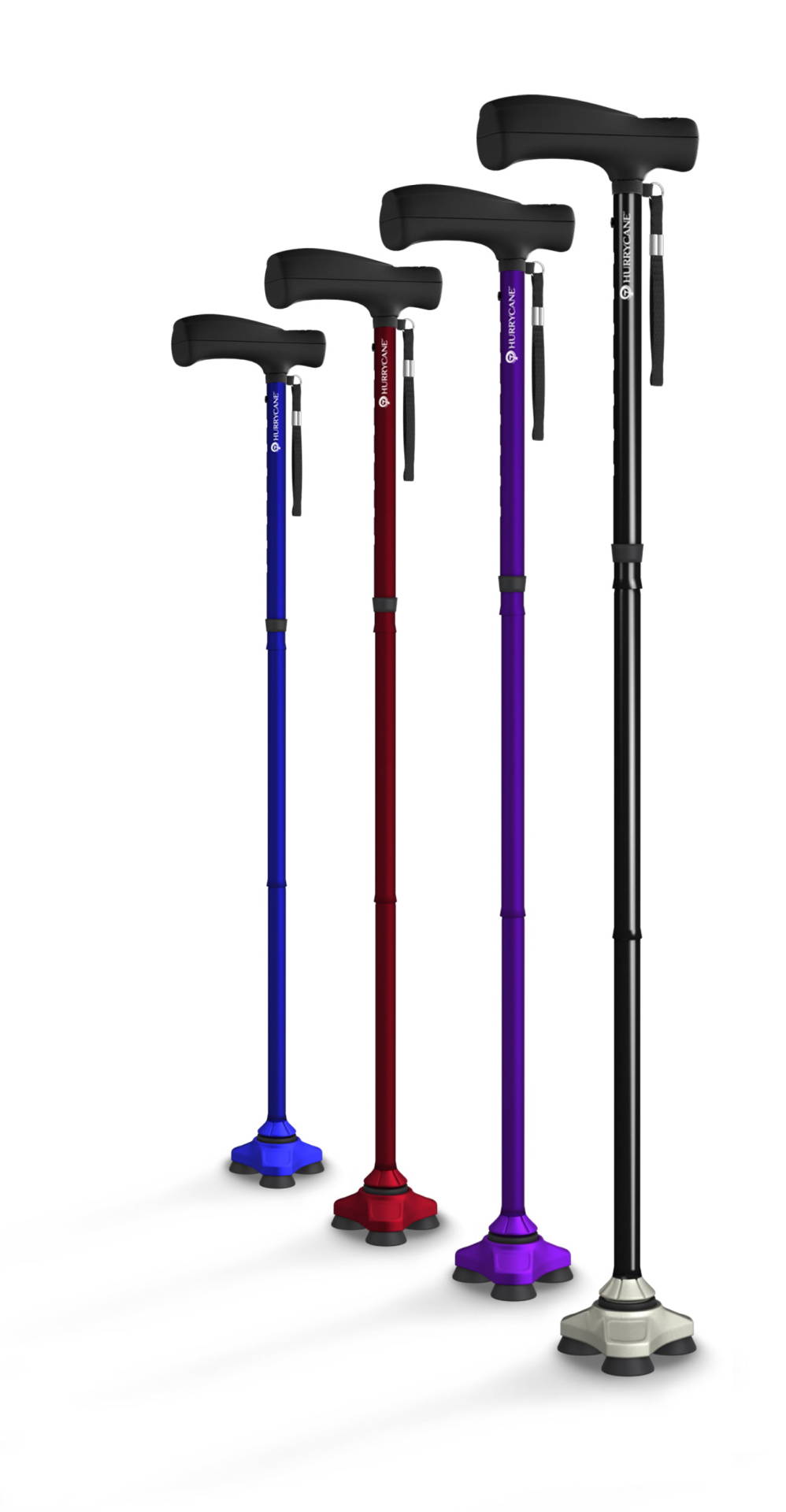Experience Tumblr Like Never Before
Image Ids In Alt - Blog Posts
Let's talk mobility aids!
Canes

Canes are for when you need to take a little bit of weight off of one side of your body, need a little help with balance, or need a little extra stability when you walk. It's an easy mobility aid to find and get, and it's pretty easy to figure out how to use. Have the cane sized so the handle sits at wrist level, then hold it on the opposite side to the one that hurts. Match your cane strikes to the steps on the hurt side. It will hurt your arm, elbow, and shoulder sometimes, but having a properly sized cane will help.
Rollators


Rollators are kind of the "next step up" in support. They come with more restrictions, you get limited to ramps and stuff, but they're also the least restrictive wheeled mobility aid because they're light and easy to pick up and toss around. They also have a seat a lot of times and a basket so you don't need to carry stuff. They're for when you need a place to rest, something to lean on when you walk, better balance assistance than a cane, and less weight bearing than a cane. I also found that it helped me with fatigue quite a bit. There's two main kinds, euro style like the first, and regular like the second. There are other fancier ones but I'm covering the basics here.
Rollators are my favorite mobility aid and I've used everything from canes to a fancy high grade power chair. They're just the perfect balance of help and freedom. They provide so much support for how far they go.
Crutches

Arm crutches are pretty neat! They're a lot more ergonomic than a cane. In fact, some people use a single arm crutch as a cane. They distribute the weight a little better, so it's not all on your wrists, and they support you better than a rollator can. The major cons I found are that they take two hands to use so you can't carry much and I had a really hard time trying to learn to walk with them. A lot of people who use forearm crutches have other mobility aids and use the forearm crutches when they want to or need to walk.
Manual Wheelchairs


These are for when walking becomes more difficult than pushing a wheelchair. There's no weight being put on your legs and feet and depending on your needs, you can get really specific with your adaptations if you have a custom wheelchair verses a standard wheelchair. My first custom chair looked like a monster truck because i took in the woods and gravel, my second custom chair after I got sicker has a head rest, a backrest that holds me up, and a little electric box that I can attach that helps me push. The difference between getting a standard and custom wheelchair is dependent on how much money the user has, what kind of needs they have, and what kind of medical access they have. (One is not more "real" than the other.) I highly recommend getting a cushion for under your butt if you have a standard chair without a cushion, I used a standard full time for 6 months and a cushion made a huge difference.
Mobility scooters

Mobility scooters are for people who can't walk long distances, but can still walk with the help of a cane or unassisted. If you can walk around your house, but not really much else, a mobility scooter might be the aid for you! There's a lot of different styles and battery life lengths and handling abilities so try a few different scooters out if you can.
Powerchairs

Powerchairs come in a couple different types or "groups" depending on your needs. Group 1 is the kind of chair you're probably most familiar with. It's basically for someone who needs a powerchair to get around their house, the doctors, office, and grocery store. You can't do any custom seat cushions or anything, but it's for people who don't need it. Think of like... someone who can walk pretty okay still, it just hurts to walk or they're off balance or a little weak feeling. A lot of times more elderly people will use these, if you're more active look into group 2

Group two chairs are little more durable, a little more stable, sometimes you can switch the captains seats out for custom seating... They're what a full time powerchair user would use if they don't need specialty functions like tilt or recline. They also often have 6 wheels rather than 4 like the group 1 chairs have.

Group 3 powerchairs are reserved for specific diagnoses like muscular dystrophy, ALS, and other severe neurological and neuromuscular illnesses. These are also called "rehab" chairs because they're for making sure severely disabled people have quality of life. The tilt function is for pressure relief, though you can also get things like elevation so you can raise and lower your chair, and some of them can recline flat. There are other avenues of moving grade 3 power chairs beyond the joystick as well in case someone can't use their hands or doesn't have them. (Head controls, torso controls, and straw controls called sip and puff are alternatives.) They can go on a little worse terrain than group 1 and two chairs and go a little farther, but if they get stuck they weigh 350 lbs and it's awful.
There's a few other types of mobility aid that I don't know enough about, like ankle foot orthotics and gait trainers, but these are the basic "mobility aid" most people will come across.